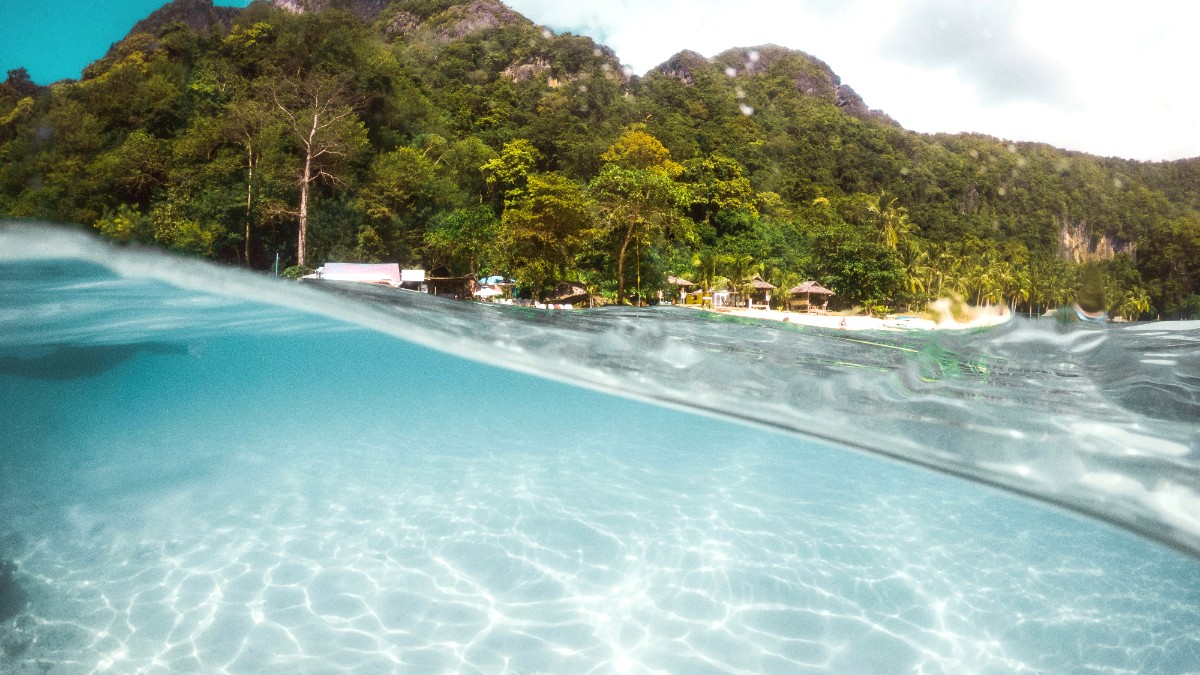
Indonesia
Gili Trawangan does not have significant historical landmarks in the traditional sense, unlike some other Indonesian destinations with ancient temples or ruins.
Its "landmarks" are natural or related to its marine environment and modern development.
Explore paths to the northern side for quieter stretches of sand.
No archaeological sites or ruins exist. The island does not have a deep ancient past of human settlement.
No distinct historical districts. Architecture mainly consists of modern bungalows and resorts.
A prominent mosque in the central village serves the local Muslim community. Visitors are welcome to observe from a respectful distance outside of prayer times. Dress modestly.
No significant memorial sites or monuments are present on Gili Trawangan.
No industrial or military heritage sites exist on the island.
Gili Trawangan focuses on natural beauty and recreational activities. Its main attractions are its beaches and marine environment.
No formal national parks or large botanical gardens. The island itself, with its beaches and underwater ecosystem, acts as a natural attraction.
Gili Trawangan Hill offers the main scenic viewpoint, providing expansive vistas. The entire western coast has prime spots for sunset viewing.
Coral reefs teem with marine life. Snorkeling and diving offer opportunities to see green sea turtles, hawksbill turtles, reef sharks, and various fish.
On land, you might spot geckos, monitor lizards, and various bird species. No large land animals.
Gili Trawangan is a flat coral island formation with a small central hill. Its geological structure is characteristic of a tropical island, built upon coral reefs.
White sand beaches circle the entire island. The east coast is bustling, while the north and west offer quieter stretches of sand for relaxation.
Gili Trawangan has no natural lakes or rivers. The island relies on ground wells for its freshwater supply.
The surrounding reefs and clear waters are the island's main natural draw, perfect for underwater exploration.
Tropical vegetation is present, but no specific botanical gardens are established.
Beyond the popular spots, Gili Trawangan is a few lesser-known areas that offer quieter experiences and unique views.
These spots provide a different perspective of island life away from the main tourist hubs.
Explore areas for a glimpse of local life and serene escapes.
Discover unique photographic backdrops and regional exploration opportunities.
Experience genuine island life away from tourist crowds.
Find peaceful stretches of beach and tranquil environments for ultimate relaxation.
Gili Trawangan's charm is in its relaxed pace and natural wonders. Plan your days to balance exploring popular spots with discovering hidden tranquil areas.
Focus on snorkeling and diving for the main attractions: the marine life and the underwater sculptures.
A hike up Gili Trawangan Hill rewards with expansive views of the Gilis, Lombok, and Bali.
The west coast is prime for watching stunning sunsets, often with beach clubs for a relaxed experience.
Join a boat tour to visit multiple snorkel spots around the Gilis, including the famous Underwater Statues.
Book Snorkeling ToursRent a bicycle and cycle the island perimeter. This is a flat, scenic ride taking about 1.5-2 hours, with many stops for photos or drinks.
Hike to Gili Trawangan Hill for a rewarding sunset view. Wear comfortable shoes and bring water.
Explore different beaches. The north side offers quieter spots, while the east is more active.
Spend an afternoon at one of the many beach clubs on the west coast, enjoying food, drinks, and ocean views.
Opportunities for cultural immersion are present through local interactions and supporting local businesses.
Maintain a positive impact on the island's environment and community during your visit.
Gili Trawangan is car-free. All transportation is by foot, bicycle, or cidomo (horse cart).
Embrace the slow pace and enjoy the tranquility of island life.
Prepare for unique island conditions and ensure a comfortable experience for all travelers.
The sandy paths and lack of motorized transport affect accessibility.
Take precautions to maintain health and safety during your stay.
Help preserve Gili Trawangan's natural beauty by adopting responsible practices.
The island relies on tourism, and its natural environment is its most valuable asset.
Understand the unique transportation system on the island.
No cars or motorbikes are allowed on the island, contributing to its peaceful atmosphere.
Respect local customs and traditions for a harmonious visit.
A small amount of effort to understand local customs goes a long way.
Book well in advance, especially for high season, to find your preferred lodging.
Consider travel insurance for any unforeseen circumstances, including medical emergencies.
Carry enough cash. ATMs are available but can run out. SIM cards for local data are useful.